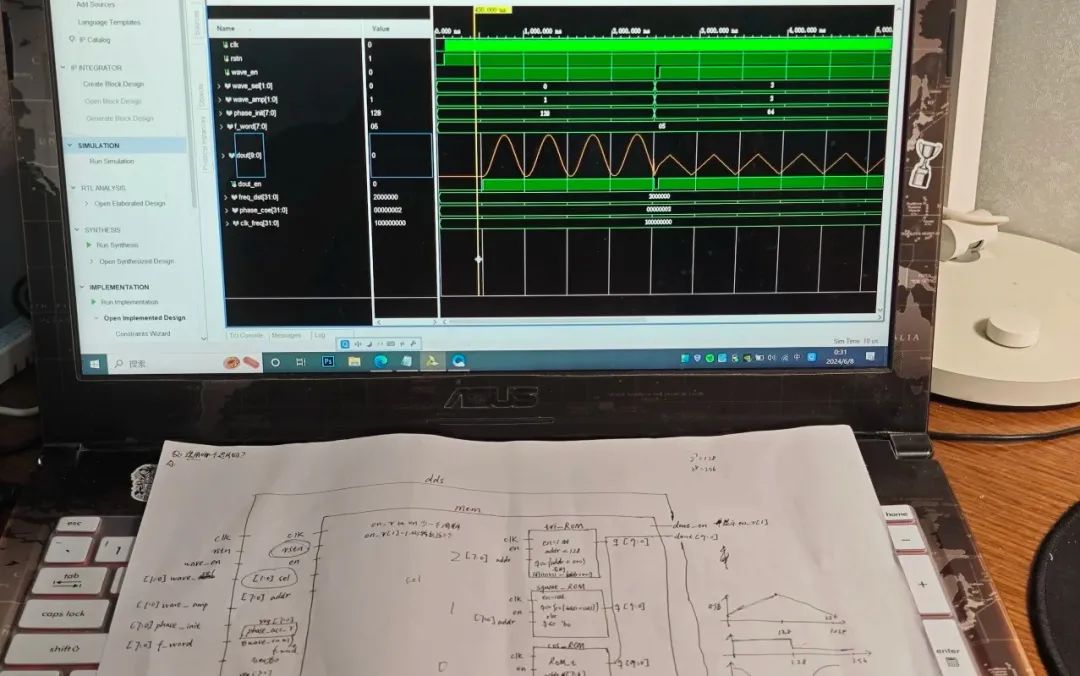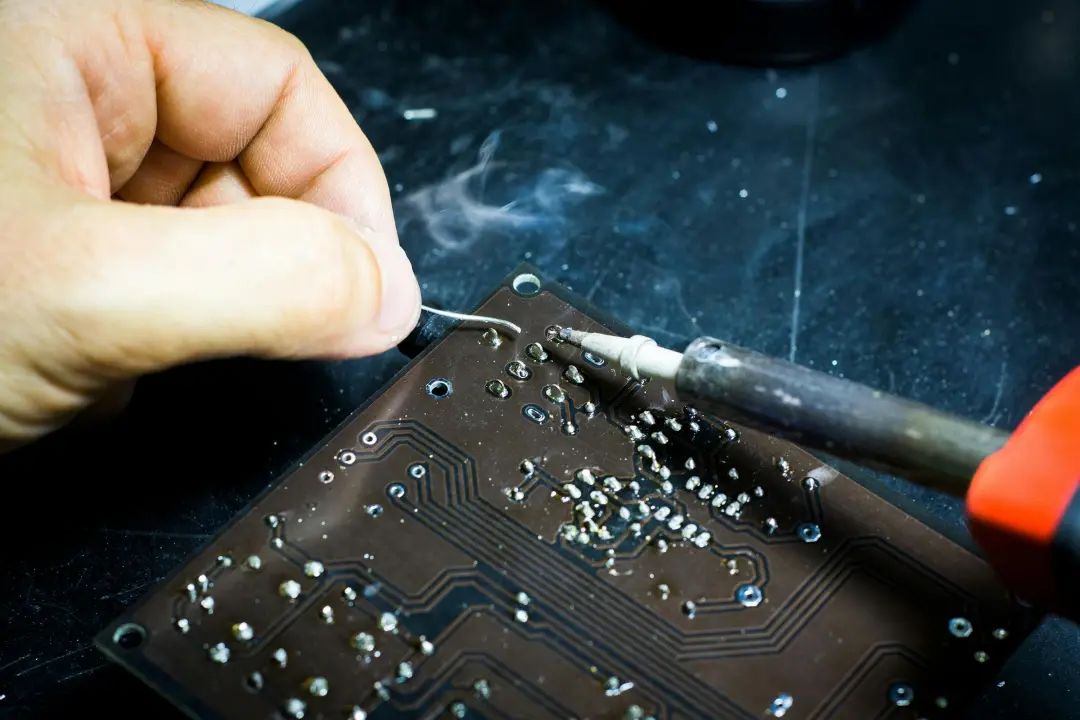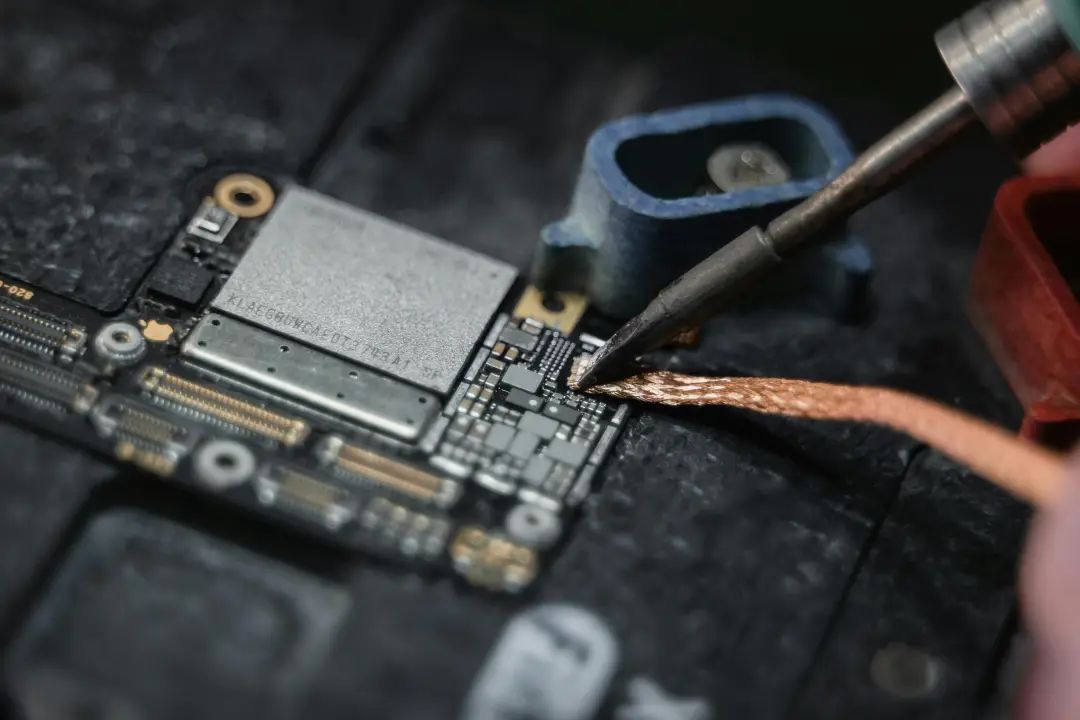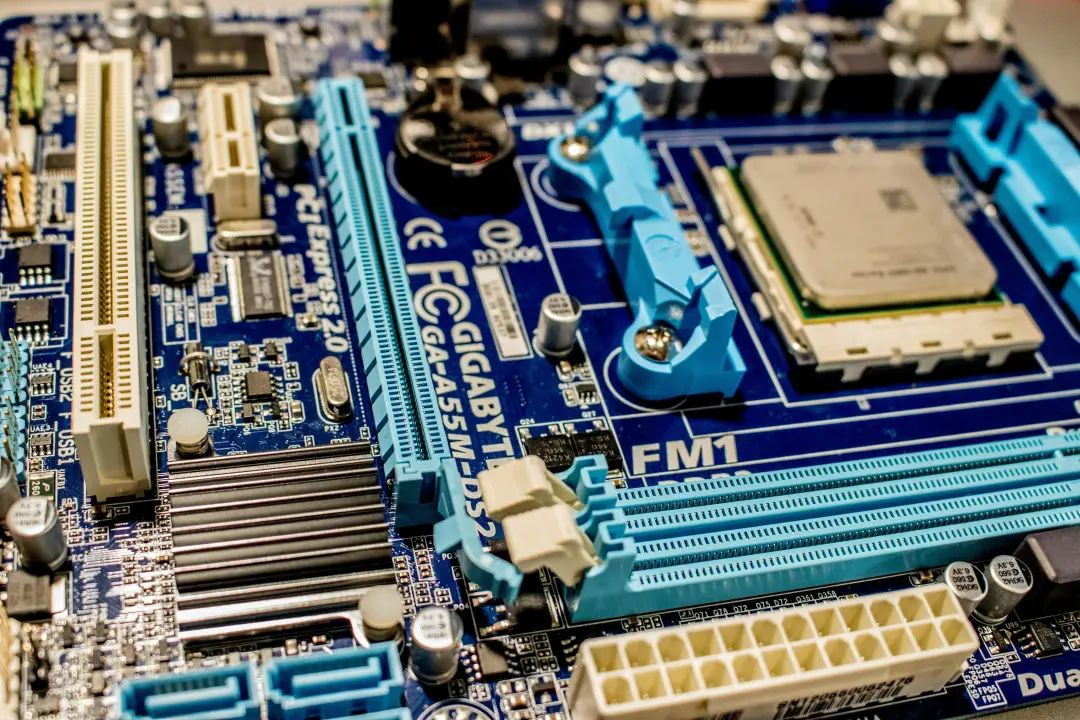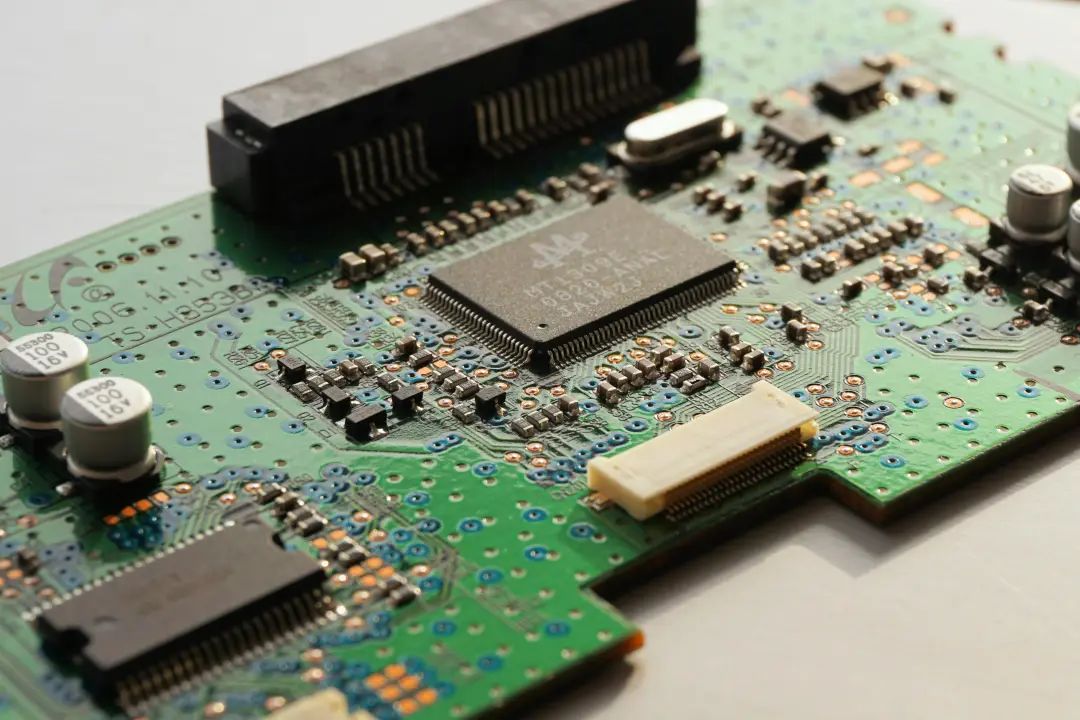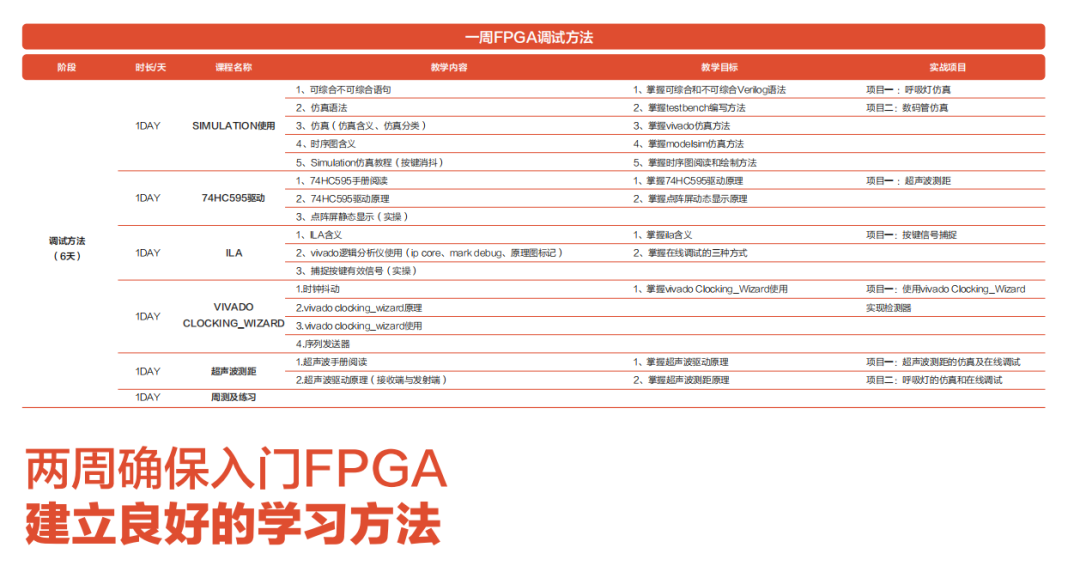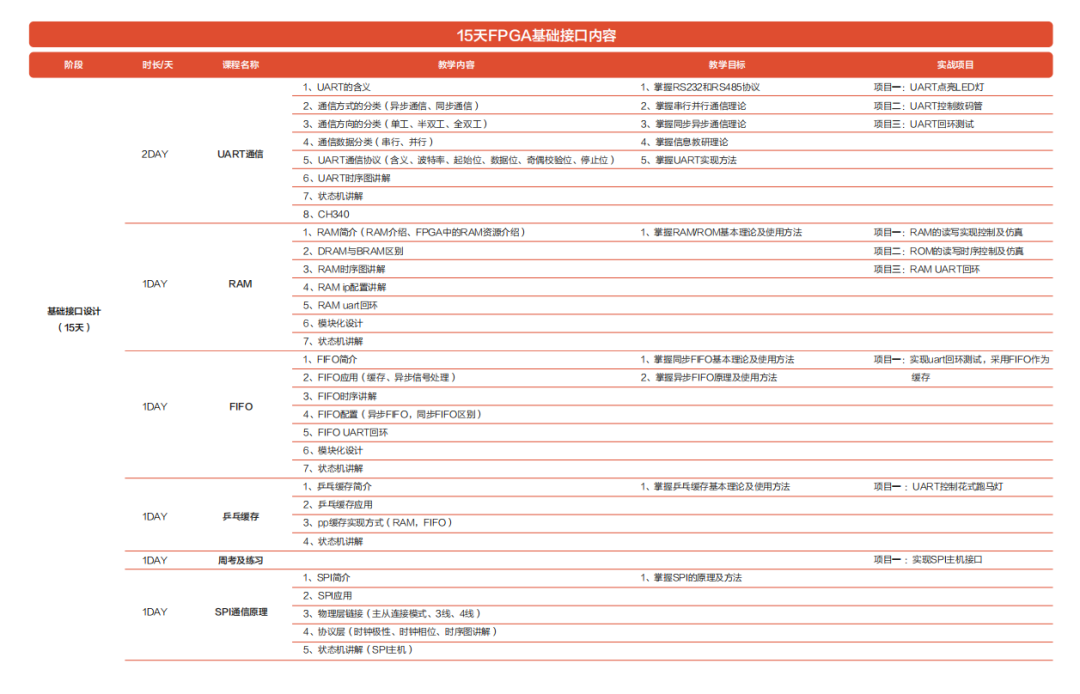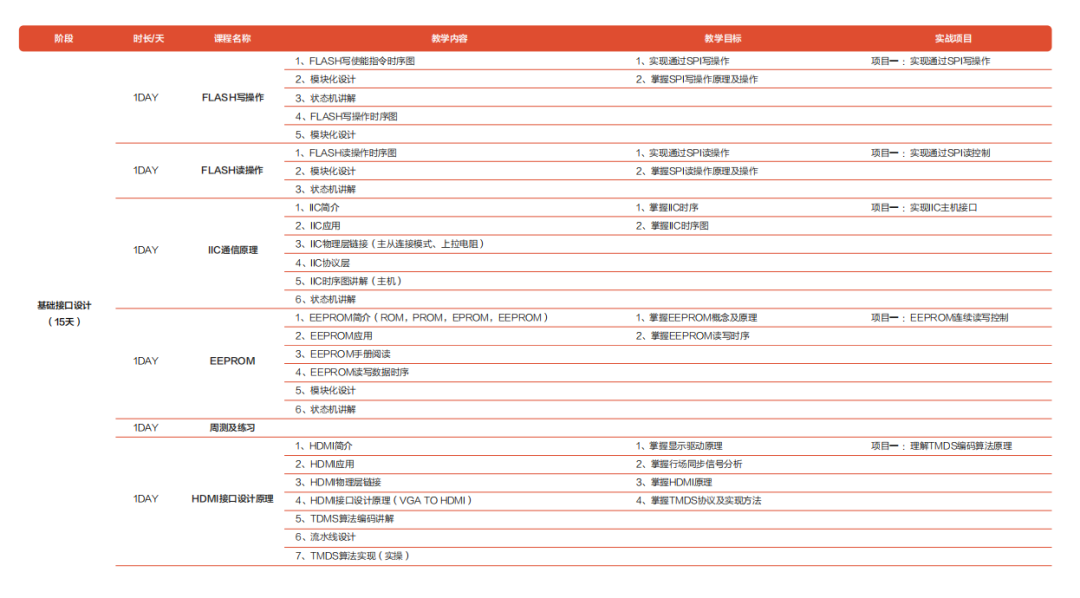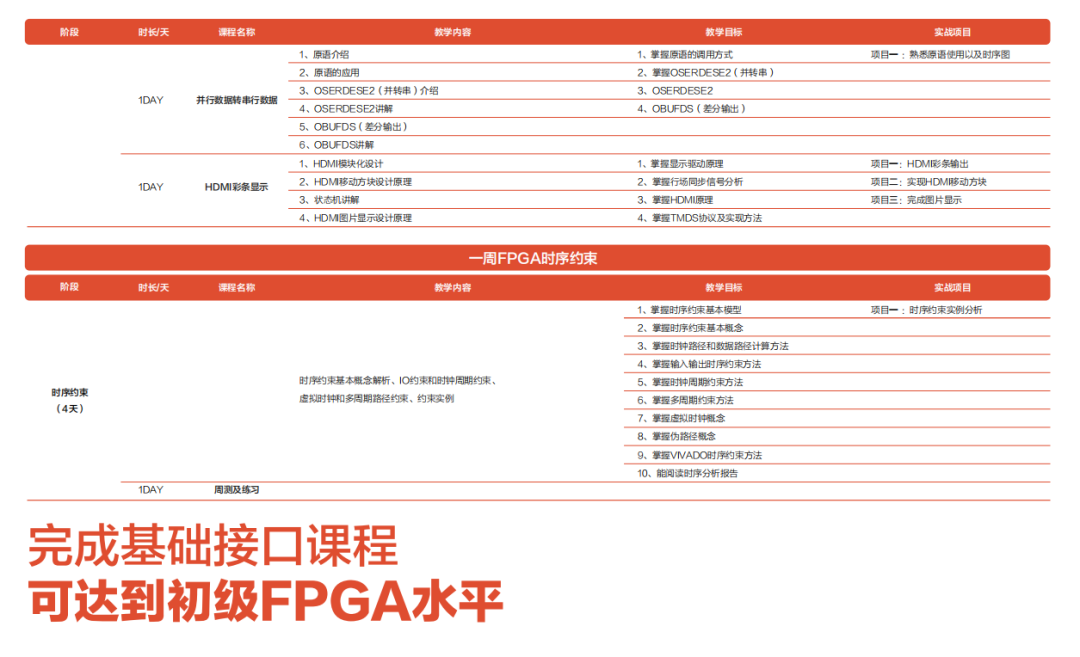FPGA (Field Programmable Gate Array) is favored for its flexibility and powerful features. However, many beginners feel incredibly confused, believing that this technology is difficult to master. Why is that?
As a member of an FPGA training institution, I hope that through this article, I can help everyone clarify their thoughts and find a suitable learning path.
1. Understand the Internal Structure of FPGA
The “difficulty” of learning FPGA often stems from a lack of understanding of its internal structure.
Beginners often confuse FPGA with traditional software programming, thinking that they can simply execute code line by line.
However, the programmability of FPGA is built on its unique internal architecture, including programmable logic blocks (CLBs), reconfigurable interconnect networks, and input/output modules.
The functions and interactions of these components are at the core of FPGA; only by deeply understanding these basic elements can one thrive in the world of FPGA.
By studying the architecture of FPGA, beginners can better understand the relationship between hardware and software, thus enhancing their design capabilities.
2. Correctly View HDL Languages
Understanding HDL (Hardware Description Language) is also key.
Many beginners think that HDL is just a tool for designing hardware; however, it is actually a language used to describe hardware behavior and structure.
HDL is not merely code, but a textual form that expresses circuit design concepts.
Beginners need to recognize that mastering HDL is not about writing complex programs but about clearly expressing design intentions. For example, Verilog and VHDL are two mainstream HDL languages, each with different syntax and application scenarios.
Through practice and project experience, beginners can gradually form their own design style, allowing them to navigate FPGA development with ease.
Additionally, effectively using toolchains and simulation software can significantly lower the learning curve, making complex design processes more visual and easier to understand.
3. Broaden Your Perspective and Understand the Application Background of FPGA
The application background of FPGA is often overlooked.
Many people believe that FPGA is merely a tool for microelectronics or integrated circuit majors; however, its actual applications extend far beyond this.
FPGA plays a crucial role in various fields such as communications, automotive electronics, medical devices, and industrial automation. For example, in the fields of image processing and signal processing, FPGA can achieve high-performance real-time computing, which traditional microprocessors cannot match.
Therefore, understanding the broad applications of FPGA in different fields can not only inspire your motivation to learn but also help you broaden your perspective and find a suitable application direction.
By paying attention to industry trends and emerging technologies, beginners can better grasp the future development trends of FPGA, thus enhancing the relevance and practicality of their learning.
4. Digital Logic Knowledge is Fundamental
A solid foundation in digital logic is the cornerstone of entering the world of FPGA.
Digital logic is the core content of electronic engineering, covering fundamental knowledge such as Boolean algebra, logic gates, and combinational and sequential circuits.
Mastering these basic concepts will make it easier for you to get started with learning FPGA and tackle various challenges. For example, understanding the design and implementation of combinational logic circuits can be directly applied to the development of FPGA logic modules.
Beginners can establish a solid foundation by participating in relevant courses, referring to textbooks, and utilizing online resources.Additionally, real project experience is indispensable; participating in actual FPGA design projects can not only consolidate theoretical knowledge but also hone problem-solving skills.
The learning journey of FPGA may be full of challenges, but as long as you start by understanding its internal structure, mastering HDL languages, broadening your application background, and building a foundation in digital logic, you can gradually achieve the leap from beginner to expert.
Below is the entry path for FPGA, which is just our training course for the first 46 days. Our offline FPGA class includes 100 days of courses. If you want to know about the subsequent learning path, feel free to message me or contact the information at the bottom. Welcome to the world of FPGA.
Weeks 3, 4, and 5: Days 13-27
Weeks 7, 8, and 9: Days 28-42
You’ve made it this far, so give us a follow!!
Click the image to follow the “Chengdian Guoxin FPGA Talent Training” mini-program/service account 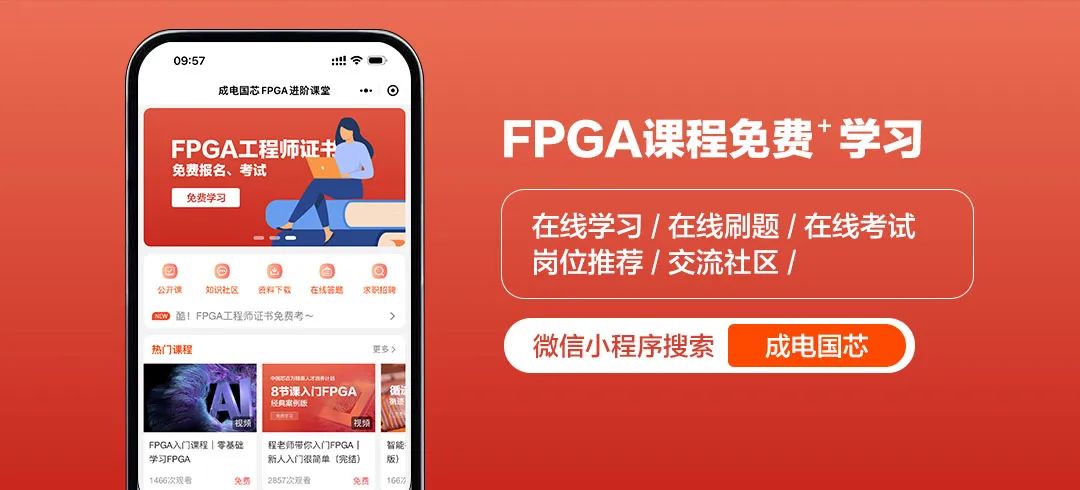 For more details, contact:
For more details, contact:


